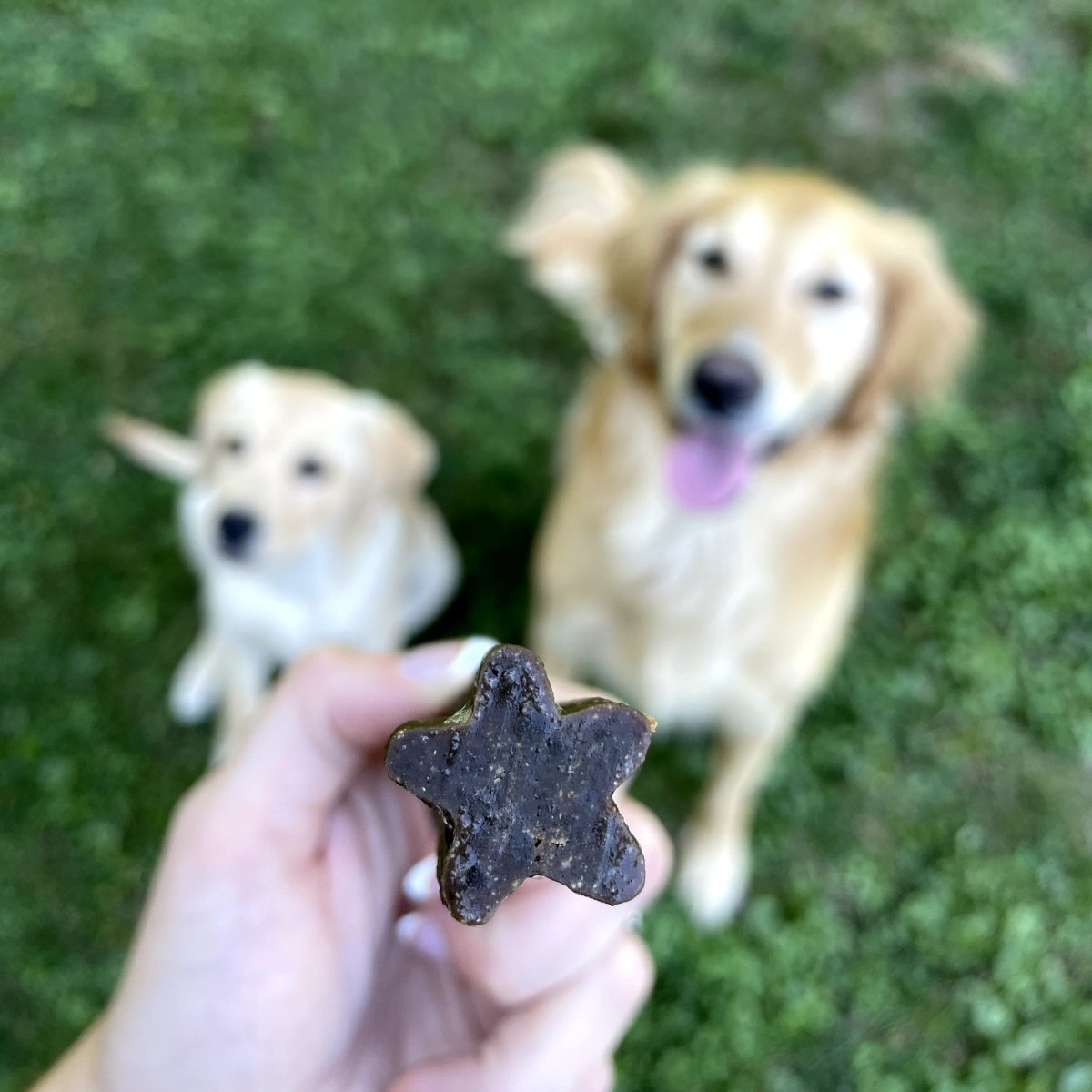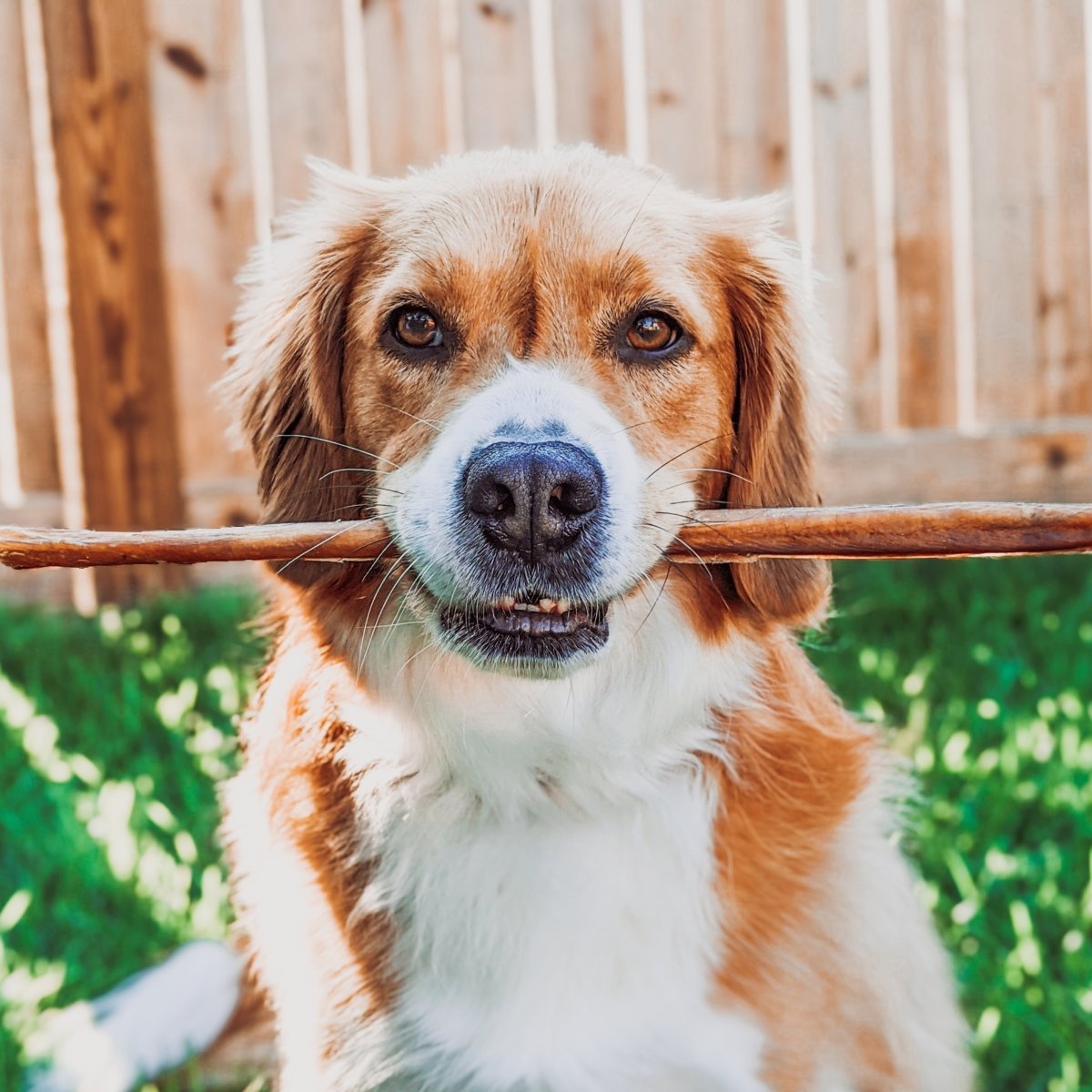
When getting ready to take your dog for a walk or offering them their favorite treat, you can expect to see their tail wagging. Common knowledge may have taught you that tail wagging means your pooch is happy…but that’s not always exactly right. Keep reading to learn several dog facts you probably got wrong—from tail wagging to colorblindness.
Do dogs see in color?
Legend has it that dogs only see in black and white. But, according to Dr. Ivan R. Schwab from the University of California, Davis, that’s not quite true. Dr. Schwab and other animal experts liken canine colorblindness to adult male colorblindness.
About 8 percent of the adult male population is colorblind, with the majority of those individuals experiencing red-green colorblindness. If you or someone you know is colorblind, you probably understand that this form of colorblindness is more like a color deficiency. Colorblind individuals still see some colors, but their total color spectrum is narrower
Colorblindness in dogs is similar to red-green colorblindness in humans. This means that, while dogs don’t see all the vibrant colors most humans are accustomed to, their view of the world is still quite colorful.
Is a dog’s mouth cleaner than a human’s?
Ever get a sloppy kiss from your pup and hope the old rumor was true that a dog’s mouth is cleaner than yours? Unfortunately, that fact isn’t exactly true. According to Korean researchers, dog mouths aren’t necessarily cleaner than human mouths—but they are less likely to spread disease to us.
Why might that be? Simply put, it’s harder for dog bacteria to survive and colonize in human bodies. Our germs are largely different so you might not catch a cold from your dog if he’s under the weather in the same way you might from a loved one. Make that one more reason why dogs are man’s best friend!
Why do dogs wag their tails?
A dog’s wagging tail is a clear indicator of how they’re feeling…but not all wags mean the same thing. Dr. Stanley Coren, Ph.D. explains first that dogs only wag their tails around other living things. Much like humans typically reserve speaking for when another human is around, dogs reserve tail wagging for more social settings. And since movement is something dogs’ eyes are particularly sensitive to, tail wagging can be a great way to get attention.
Next, Dr. Coren breaks tail wagging down into parts. The relative height of your pup’s tail means a lot: From excitement or aggression at high heights, to relaxation at a middle height, to anxiety or submission at low heights. Wag speed also informs you of how excited your pup is. Below are several common types of wags and what they mean.
Of course, there are plenty more ways your dog may be wagging his tail. As a rule of thumb, Dr. Coren finds height indicates levels of calm, while speed indicates levels of excitement.
Looking for more dog advice and fun facts? Check out the Best Bully Sticks blog. And for great deals on treats your pet will love, visit the Best Bully Sticks website.
Comments will be approved before showing up.

Dental chews keep plaque in check and gums strong. Read here to learn about nature's toothbrush!

Single-ingredient dog chews and treats are crafted using only one whole food source!

Check out our guide on different types of chews to help you decide on the best chew for your dog!